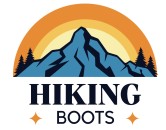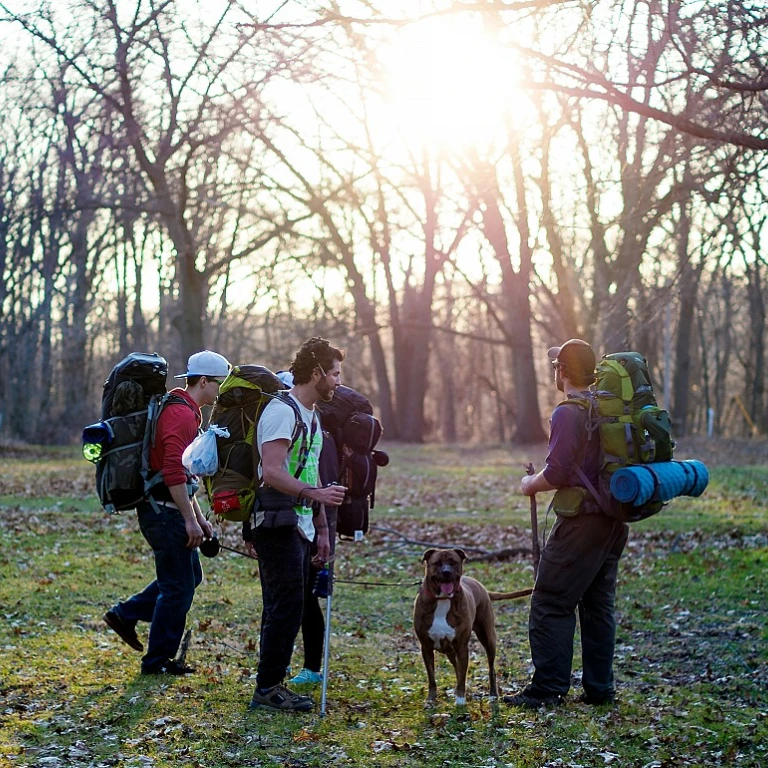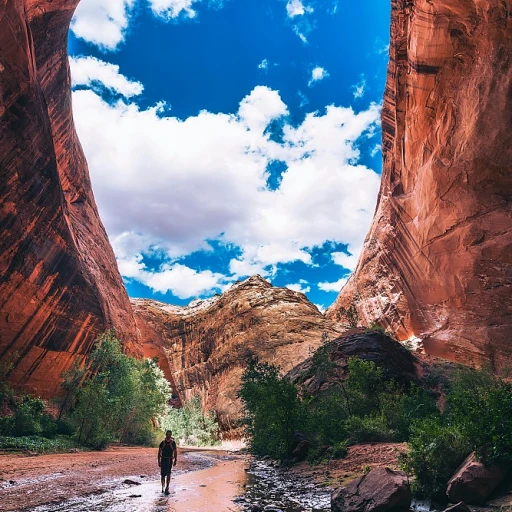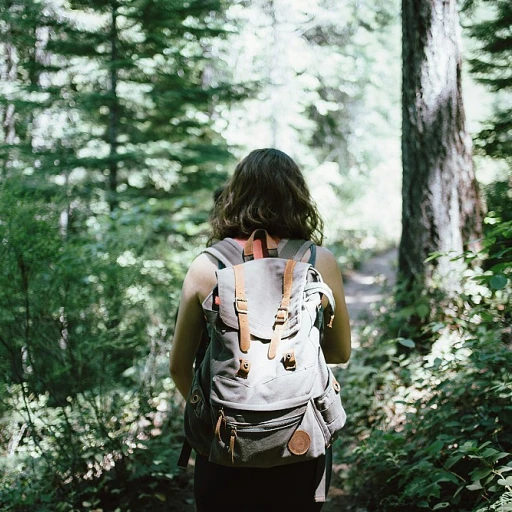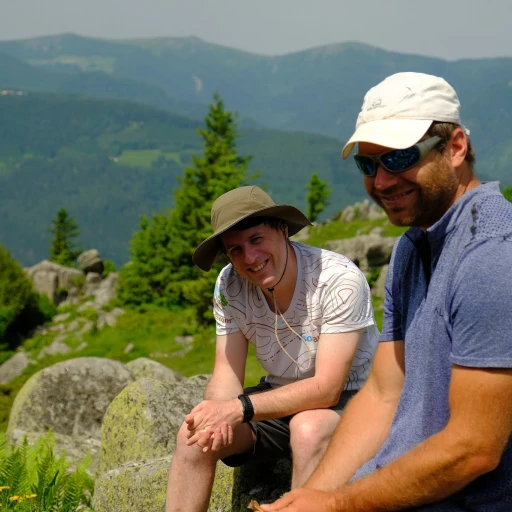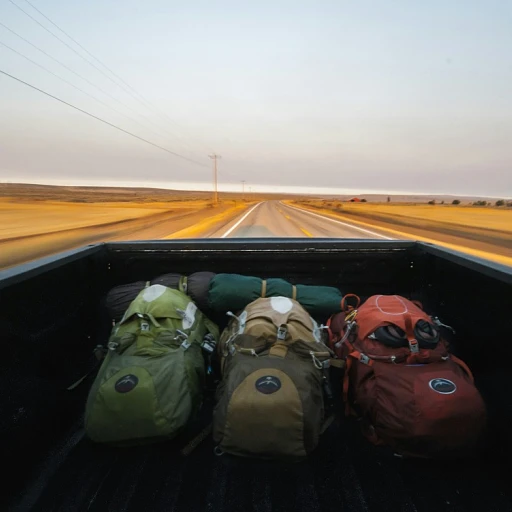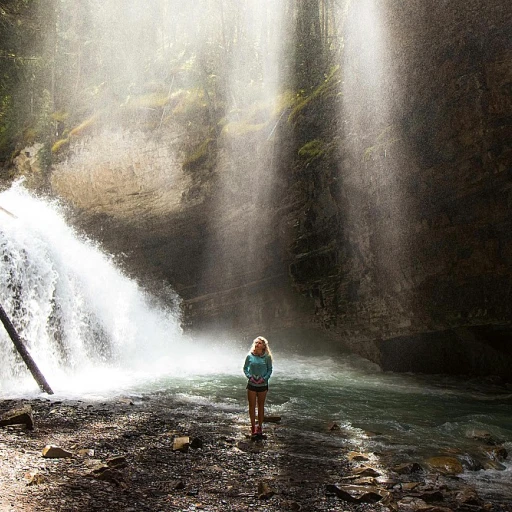Understanding Yellowstone's Climate
Getting to Know Yellowstone's Weather
Yellowstone National Park is a place where nature puts on a show all year round. But if you want to make the most of your visit, it's good to know what the weather's like. The park's climate is as varied as its famous geysers and hot springs. Located in the heart of the Rocky Mountains, Yellowstone's weather can change quickly, so it's important to be prepared.
Summer is the most popular time to visit, with July and August being the warmest months. During this time, temperatures can reach the 70s and 80s (Fahrenheit), perfect for exploring the park's trails and enjoying its breathtaking views. However, this is also the busiest time, with roads open and tours in full swing.
Spring and fall offer a different experience. In spring, the park comes alive with new growth and wildlife watching opportunities. Fall, especially September, is a quieter time, offering solitude and stunning scenery as the leaves change color. Both seasons have cooler temperatures, so it's wise to pack layers.
Winter is when Yellowstone transforms into a snowy wonderland. While some roads are closed, the park remains open for those seeking a unique trekking experience. Temperatures can drop below freezing, but the chance to see the park's geothermal features against a snowy backdrop is worth it.
Understanding Yellowstone's climate is key to planning the best time to visit. Whether you're drawn to the lively summer months or the quiet beauty of winter, there's a perfect season for every type of adventurer. For more on wildlife watching in Yellowstone, check out Exploring the Wildlife of Yellowstone.
Spring: A Season of Renewal
Springtime Wonders Await
Spring in Yellowstone National Park is a time of renewal and awakening. As the snow begins to melt, the park transforms into a vibrant haven for wildlife and wildflowers. The months of April and May bring a refreshing change, with temperatures starting to rise, making it a delightful time to visit. Roads begin to open, offering more access to the park's stunning attractions.
Wildlife watching is a major draw during this season. The Lamar Valley is particularly popular for spotting bison, elk, and even bears emerging from hibernation. It's a photographer's dream, with opportunities to capture these majestic creatures against the backdrop of blossoming flora.
Spring Hiking Tips
- Dress in layers: The weather can be unpredictable, with chilly mornings and warmer afternoons.
- Check trail conditions: Some trails at lower elevations may still be muddy or snow-covered.
- Stay informed: Keep an eye on park alerts and road conditions to plan your day effectively.
Spring might not be the peak season, but it offers a unique charm with fewer crowds and a chance to witness the park's rebirth. It's a time when the national park feels like a secret waiting to be discovered, offering solitude and serenity that can be hard to find during the busier months.
Summer: The Peak Hiking Season
Summer Vibes: The Heart of Yellowstone
When the summer months roll around, Yellowstone National Park comes alive in a way that’s hard to beat. From June through August, the park is bustling with visitors eager to soak up the sunshine and explore its wonders. It’s the best time to visit Yellowstone if you’re looking to experience the park in full swing.
During this season, the weather is generally warm and pleasant, with daytime temperatures ranging from the 70s to the 80s Fahrenheit. This makes it ideal for hiking, camping, and wildlife watching. You’ll find the roads open and the trails accessible, allowing you to explore everything from the iconic Old Faithful geyser to the serene Lamar Valley.
Wildlife Encounters and Scenic Views
Summer is also prime time for wildlife watching. Bison, elk, and even the occasional bear can be spotted throughout the park. The lush greenery and blooming wildflowers create picturesque views that are perfect for photography enthusiasts.
However, with the beauty of summer comes the challenge of crowds. Popular spots like Mammoth Hot Springs and Grand Teton can get quite busy, especially in July and August. To make the most of your visit, consider starting your day early or exploring lesser-known trails at lower elevations.
Plan Your Visit Wisely
While summer is undoubtedly a popular time to visit Yellowstone, it’s essential to plan ahead. Accommodations within the park fill up quickly, so booking in advance is a must. Additionally, consider guided tours for a more in-depth experience, especially if you’re interested in learning about the park’s unique geothermal features and diverse ecosystems.
For those who crave a bit of solitude, September can offer a quieter experience while still enjoying mild weather. As the season transitions to fall, the crowds thin out, and the park takes on a different kind of beauty.
Whether you’re a seasoned hiker or just looking to explore the park’s wonders, summer in Yellowstone offers an unforgettable adventure. And if you’re looking for more outdoor experiences, consider camping in Utah for another magical escape.
Fall: A Time for Solitude and Scenery
Experience the Tranquility of Yellowstone in Autumn
Visiting Yellowstone in the fall is like stepping into a hidden gem of national parks, away from the bustling crowd of summer tourists. The air turns crisp, the wildlife become more visible, and the park offers a peaceful sanctuary for those wanting a bit of solitude. As you wander through the golden-hued leaves, you'll find that fall is perhaps the best time to witness the park's incredible beauty and serenity. Autumn introduces a spectacular display of colors. The roads remain open, allowing you to experience the vibrant palette of Yellowstone's landscape. The changing foliage turns areas like Lamar Valley into a must-see tapestry of red, orange, and yellow. Travelers should note that days in September are still quite warm, but as the months roll towards winter, temperatures start to drop. Wildlife becomes more active at this time of year, thanks to the cooler weather. Creatures like elk in Mammoth Hot Springs engage in their rutting season, offering an awe-inspiring experience for wildlife watching enthusiasts. The park's resident bears are often seen foraging, preparing for the long winter months ahead. Hiking in Fall might not have the heat of July and August or the severe cold of Yellowstone winter but finding the right trails in September or October offers unique moments. Lower elevations are typically more accessible, providing stunning views without the summer crowds. Many seasoned hikers suggest visiting Yellowstone in early September for optimal conditions and fewer visitors. While summer is undeniably the peak hiking season, fall presents a mellow yet magnificent opportunity to explore Yellowstone with a fresh perspective. Whether you're drawn by the colors, the quieter atmosphere, or the abundant wildlife, there's something exceptionally rewarding about Yellowstone in the fall.Winter: A Unique Trekking Experience
Yellowstone's Winter Wonderland: Breathtaking in White
Exploring Yellowstone in winter is unlike any other experience. With the snow blanketing the land, the park transitions into a magical winter wonderland, offering a serene and breathtaking escape. The biggest draw? The quiet. Come December, the crowd thins out, gifting you a front-row seat to nature’s hushed spectacle. Roads and trails, once bustling during summer, now seem timeless and untouched. The famous locations like the Lamar Valley present eerie, picturesque vistas with snow-draped landscapes. Winter's chill means layers are your best ally. Daytime temperatures can drop into the negatives, even though the geothermal geysers keep popping, creating dreamy steam clouds across the plains. Be prepared for biting winds that have tales as old as Yellowstone itself. Wildlife watching? Oh, it’s a different kind of thrill in the cold months. The stark contrast of bison against the white backdrop or a lone wolf track leading through the snow offers a glimpse into the park’s vibrant ecosystem. Remember to keep a respectful distance as always, for the animals’ sake and yours. Certain roads might close due to weather conditions, but snowcoaches and snowmobiles keep the adventure alive, navigating the snowy paths leading to awe-inspiring sights like Mammoth Hot Springs. The months between December and February offer the best time to visit Yellowstone for those who cherish solitude and a bit of winter magic. But remember, the park doesn’t shut its gates in March; it’s open for those eager spring visitors ready to witness the thaw. Whether you're someone who seeks layered clothing adventures or just wants a brief encounter with Yellowstone in a quieter season, visiting the park in winter is an experience you won't soon forget. Authentic source: National Park Service (https://www.nps.gov/yell/planyourvisit/visit-weather.htm).Tips for Planning Your Visit
Getting the Most Out of Your Yellowstone Adventure
Planning your trip to Yellowstone National Park requires a bit of finesse. While the park is breathtaking year-round, each season brings its own magic and challenges. Whether you're a seasoned hiker or a first-time visitor, a few insider tips can help ensure your visit is memorable.- Check the Weather: Yellowstone's weather can change rapidly. Summer may be the park's peak season, but temperatures can still drop at night. Keep an eye on the forecast to pack appropriately.
- Pick the Right Time: If you love hiking in solitude, consider visiting during the fall. September's cooler months offer tranquility and vivid autumn colors, making it an ideal time for reflection and longer hikes.
- Prepare for Wildlife: Every part of Yellowstone has its own wildlife charm. Spring brings a season of renewal with wildlife activity at its highest, perfect for wildlife watching in Lamar Valley. Make sure to review safety tips to enjoy these moments safely.
- Plan for Road Closures: Roads close seasonally, notably during winter when much of the park becomes accessible only by snowmobile or snowcoach. Check which areas are open during your visit.
- Opt for Guided Tours: If you're unsure about navigating the park, consider joining a guided tour. Guides bring experience and can help you see places you might miss on your own.
- Stay in West Yellowstone: The town of West Yellowstone provides a great base for exploring. Notable spots like the Mammoth Hot Springs are more accessible from here, and it offers plenty of amenities for travelers.
